The Ultimate Sewing Machine Guide For Every Budget And Skill
A good sewing machine can make all the difference in your sewing journey, whether stitching simple garments, crafting home décor, or diving into intricate quilting and embroidery. With so many models available, it’s easy to feel overwhelmed when choosing the right one. This guide will help you understand what to look for based on your budget, skill level, and sewing goals, so that you can find the perfect machine to suit your needs!
Determine Your Sewing Needs

Before investing in a sewing machine, think about what you will be using it for. Are you a beginner looking for a machine for basic alterations and repairs, or do you want to create stylish garments from scratch? If quilting, embroidery, or heavy-duty sewing is in your plans, you will need a model with specialized features. Buying a machine that matches your intended use prevents frustration and ensures a smooth sewing experience.
Mechanical vs Computerized Machines
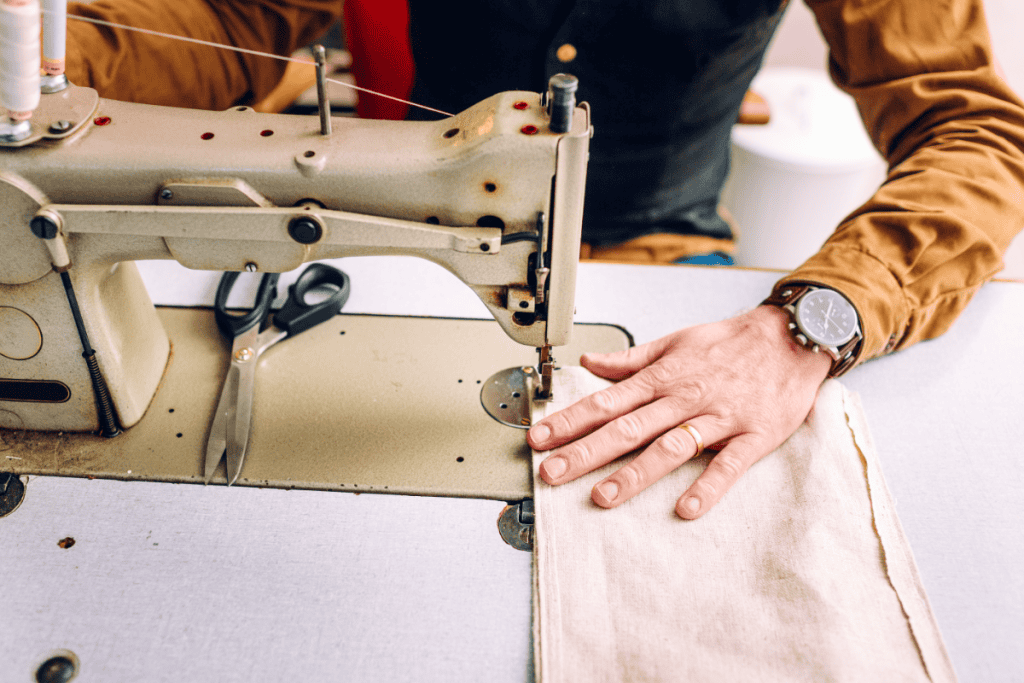
Sewing machines fall into two major categories: mechanical and computerized. Mechanical machines are simple, reliable, and usually more affordable, making them great for beginners who don’t need complex stitch patterns. Computerized models, on the other hand, come with digital controls, automatic tension settings, programmable stitch sequences, and even touchscreen displays. While computerized machines offer precision and convenience, they tend to be pricier and require more maintenance than their mechanical counterparts.
Advanced Features for Experienced Sewists

Once you have more experience, you will likely want a sewing machine that offers advanced functions for intricate projects. Features like adjustable presser foot pressure, automatic thread cutting, and a knee lift for hands-free presser foot adjustment make sewing more efficient. Quilters should look for an extended worktable and free motion quilting capabilities, while fashion designers may appreciate machines with decorative stitches, embroidery functions, and a variety of presser feet for different techniques.
Budget-Friendly vs High-End Machines
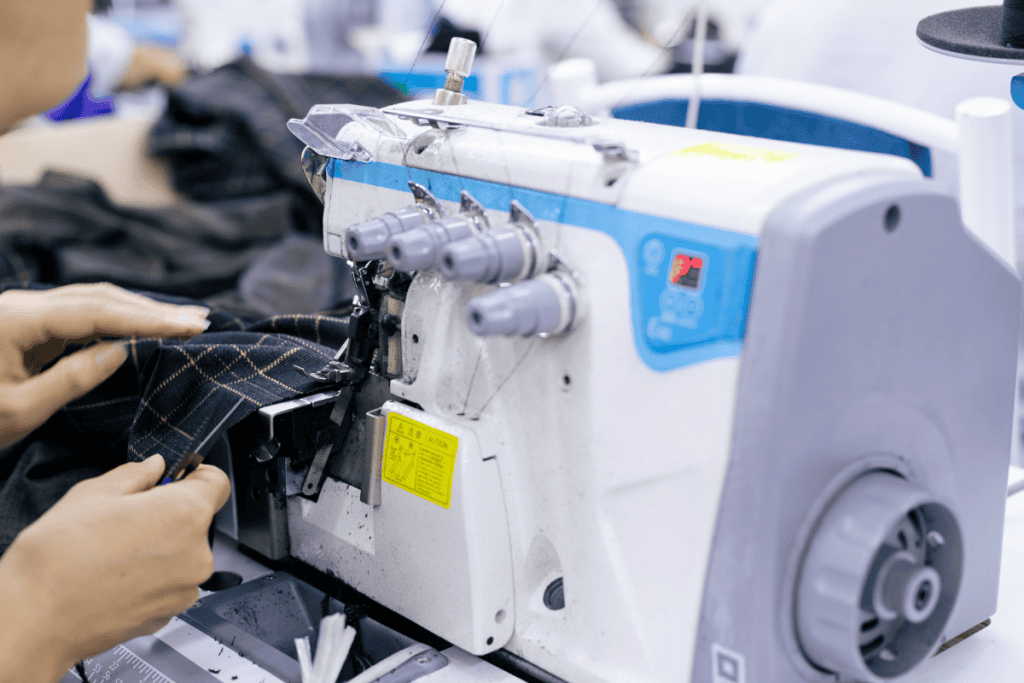
Sewing machines come in all price ranges, from budget-friendly models to professional-grade equipment. Budget-Friendly Machines $100–$300: Ideal for beginners, these machines offer basic stitch functions, simple control, and good reliability for everyday sewing. Mid-Range Machines $300–$800: These models include more built-in stitches, automatic threading, speed control, and better durability for frequent use. High-End Machines $800+: Premium machines offer embroidery capabilities, touchscreens, hundreds of stitch options, and computerized precision for professional results.
Durability and Build Quality

The build quality of a sewing machine directly affects its longevity and performance. Machines with a metal frame are more durable, stable, and capable of handling thick fabrics like denim and leather. In contrast, lightweight plastic machines may be more affordable but tend to vibrate more and wear out faster. Investing in a high-quality machine means fewer breakdowns and repairs in the long run.
Portability and Storage

If you don’t have a dedicated sewing space or need a machine for travel, consider a compact, lightweight model. Some sewing machines come with built-in handles or carrying cases for easy transport. A machine with an extended worktable or an optional sewing cabinet may be better if you work on large projects. Always consider your space limitations before purchasing.
Warranty and Customer Support
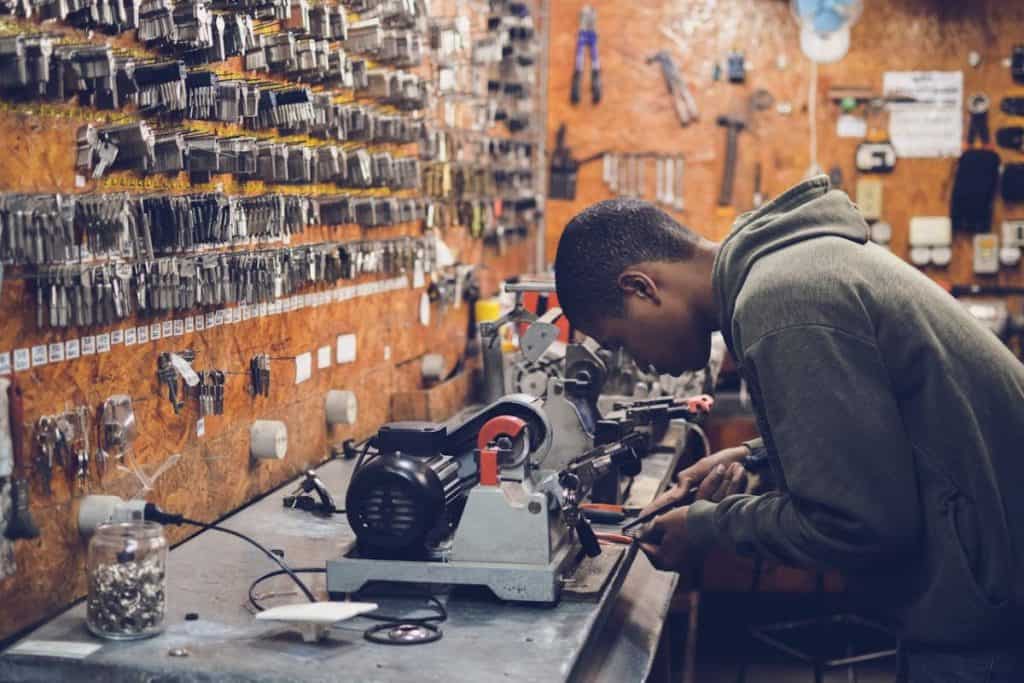
A sewing machine is an investment, and a good warranty ensures long-term protection. Most reputable brands offer at least a 25-year warranty on mechanical parts, with shorter coverage for electrical components and labor. Customer support is just as important to brands, with online tutorials, repair services, and a strong community of users that can make troubleshooting and learning easier. Always check the warranty details before making a purchase.
Related Post: Why Every Vintage Movie Star Wore Bias-Cut Dresses And How To Use This Hollywood Sewing Trick Today
Bobbin Type and Loading System
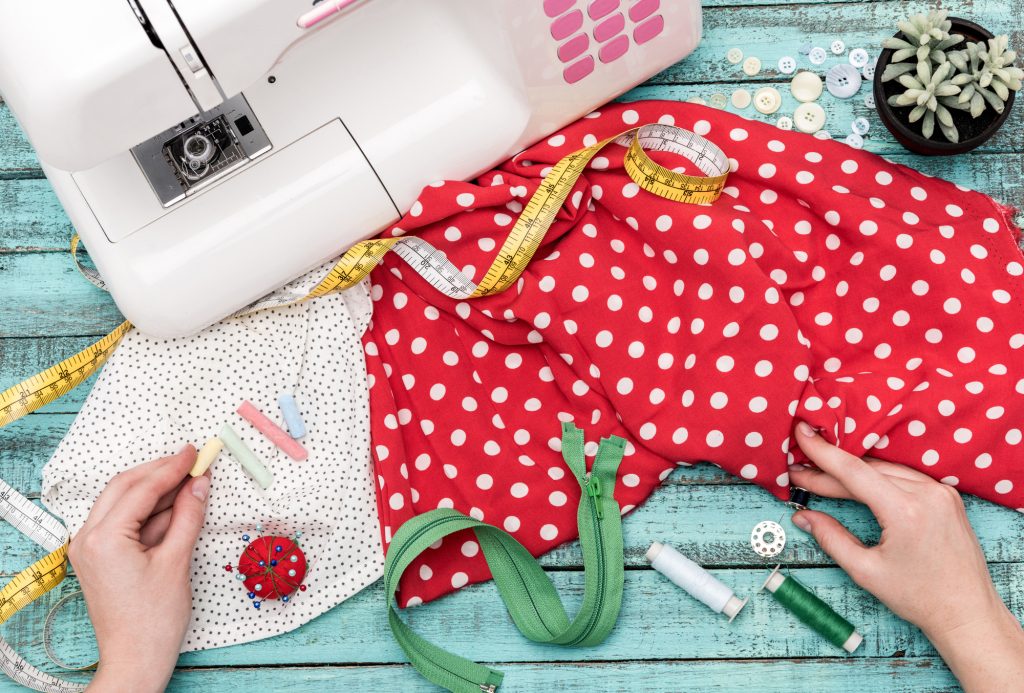
Machines typically offer front-loading or top drop-in bobbins. Top-loading bobbins with a clear cover are easier to monitor and rethread. They reduce jamming and are more beginner-friendly. Always check how accessible and simple the bobbin area is.
Related Post: 13 Sewing Adventures, Create Your Own Toy with a Needle and Thread!
Presser Foot Options and Adjustability
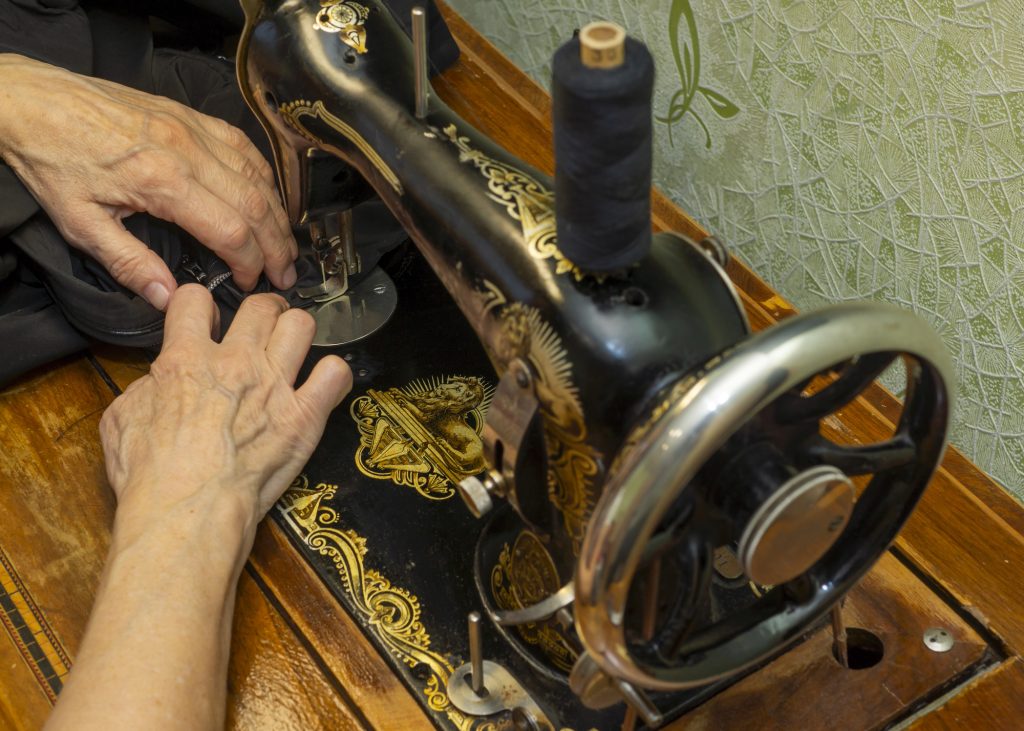
Different presser feet make tasks like zippers, quilting, or buttonholes easier. Look for a machine with snap-on feet and adjustable presser foot pressure. Some models allow extra high lift for bulky fabric. This small feature makes a big difference in performance.
Related Post: The 1800s Sewing Trick That Created Stretchy Fabric Before Elastic And Why It’s Better
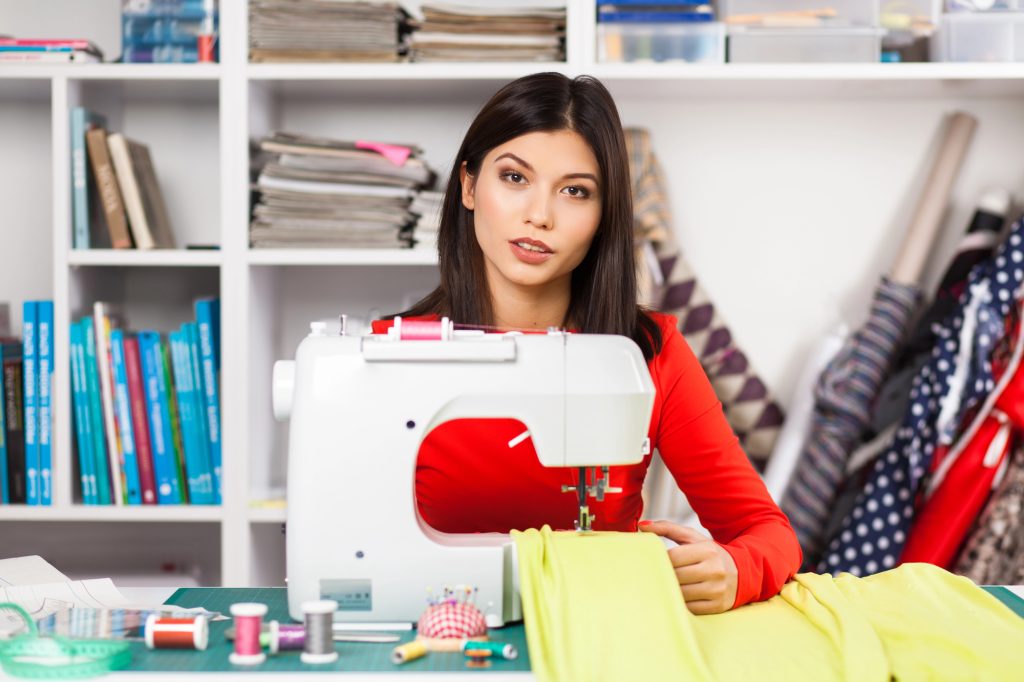
Being able to control the sewing speed is especially useful for beginners or intricate work. More advanced machines offer a speed slider or foot pedal sensitivity. Also, make sure the motor is powerful enough for the fabrics and layers you plan to sew. Weak motors struggle with heavy-duty tasks.
Related Post: 15 Timeless Sewing Patterns That Are Back in Style
Selecting the right sewing machine doesn’t have to be intimidating. By understanding your needs, skill level, and budget, you can confidently choose a machine that makes sewing enjoyable and stress-free. Whether you are a beginner just starting or an expert looking for an upgrade, investing in the right sewing machine will set you up for success in every project. Happy sewing!
Disclaimer: This list is solely the author’s opinion based on research and publicly available information.
Sew Smarter Not Harder, 15 Genius Shortcuts to Slash Your Stitching Time

Sewing is a fun and creative hobby, but it can sometimes feel like it takes forever to finish a project. Whether you are a beginner or an experienced sewer, time is often a major factor in how much you can create. Fortunately, there are ways to sew smarter, not harder. These 15 genius shortcuts will help you cut down on stitching time, streamline your process, and still create beautiful pieces. Get ready to sew like a pro without all the extra effort!
Read it here: Sew Smarter Not Harder, 15 Genius Shortcuts to Slash Your Stitching Time
13 Must Know Tips for a Pinterest Worthy Sewing Room on a Budget

Creating a beautiful and functional sewing room doesn’t have to break the bank. Whether you are working with a small corner or have a dedicated room, it’s entirely possible to design a space that’s both inspiring and affordable. These 13 tips will help you transform your sewing room into a Pinterest-worthy haven without overspending.
Read it here: 13 Must Know Tips for a Pinterest Worthy Sewing Room on a Budget
13 Sewing Mistakes Every Beginner Makes and How to Fix Them Fast

Sewing is much more than just stitching fabric together, it’s a form of art that allows you to express your creativity, transform simple materials into something beautiful, and create unique pieces that tell your personal story. However, like any skill, mastering sewing comes with its own set of challenges. Whether you are a complete beginner or someone with a few projects under your belt, it’s completely normal to encounter a few bumps along the way. Whether you are working on your first dress or tackling a challenging quilt, there’s always room to grow and improve. So let’s dive into some of the most frequent mistakes beginners make and how to fix them like a pro, so you can embrace the art of sewing with confidence and finesse!
Read it here: 13 Sewing Mistakes Every Beginner Makes and How to Fix Them Fast
You’ll love these related posts:
- 10 Brilliant Storage Ideas for a Clutter-Free Sewing Space
- How To Make And Sew Your Own Fabric Labels
- The 12 Biggest Sewing Mistakes Beginners Make and How to Fix Them Like a Pro
- 13 Little-Known Tricks for Perfect Drape in Every Knit and Crochet
- 15 Mind-Blowing Hacks to See Your Sewing Patterns Before They Exist